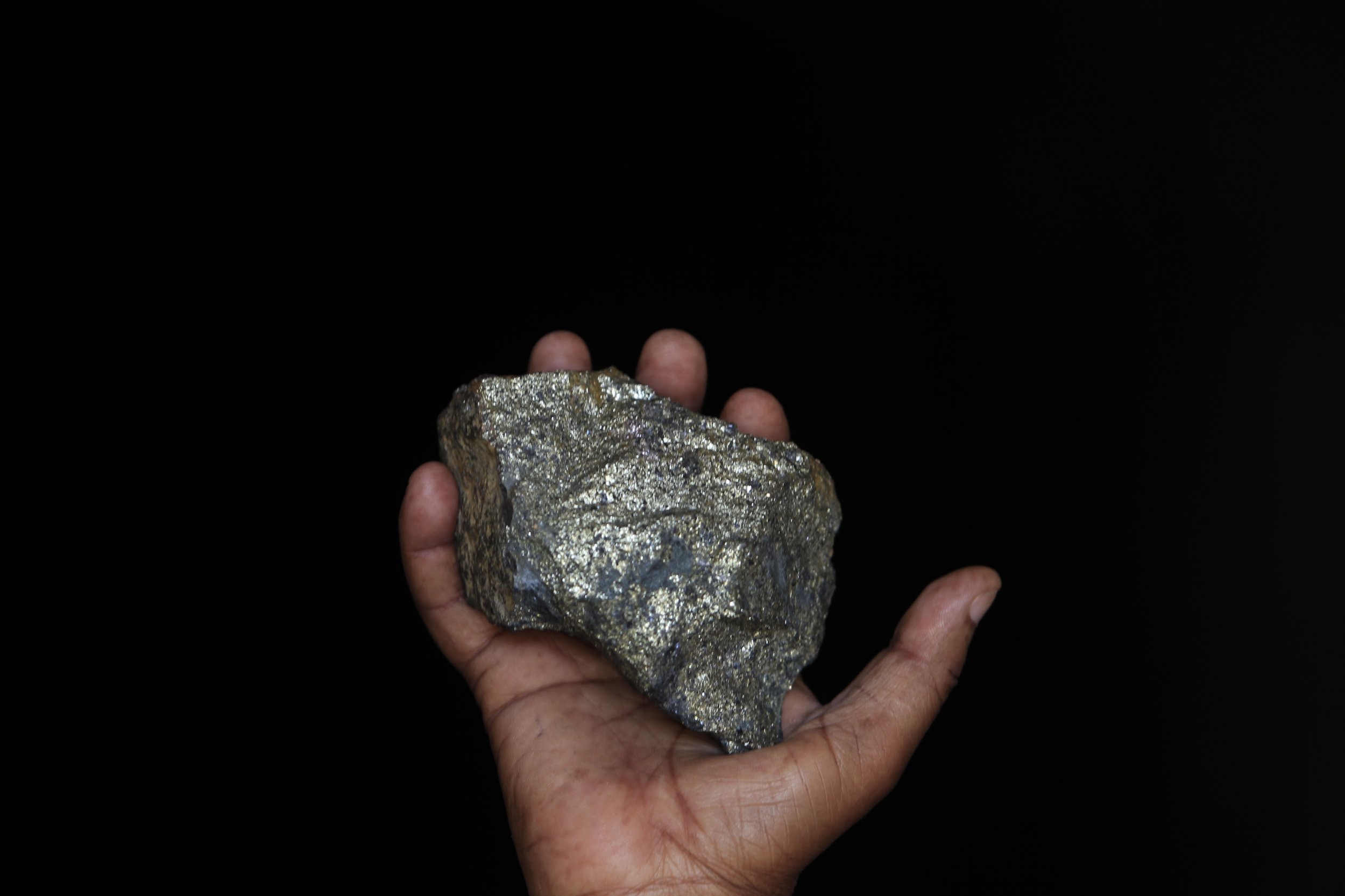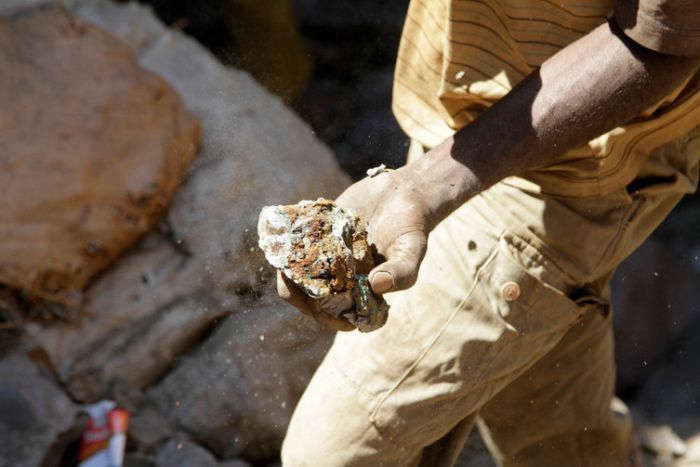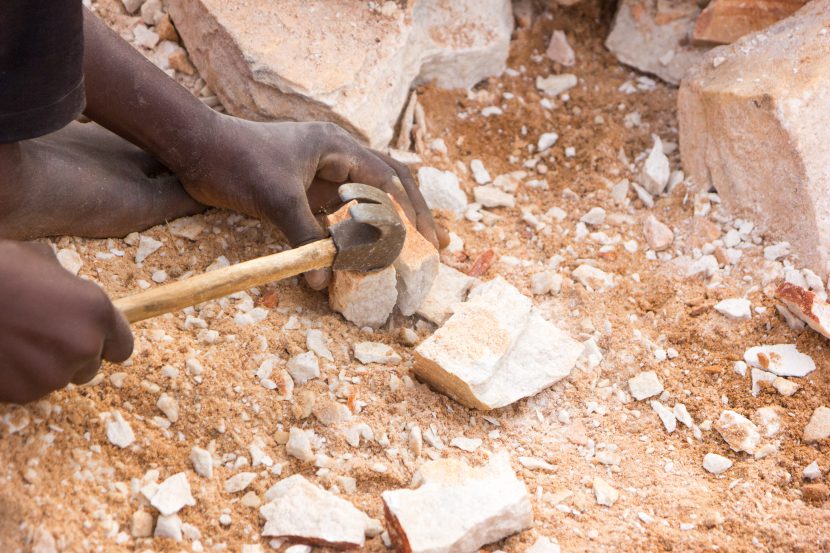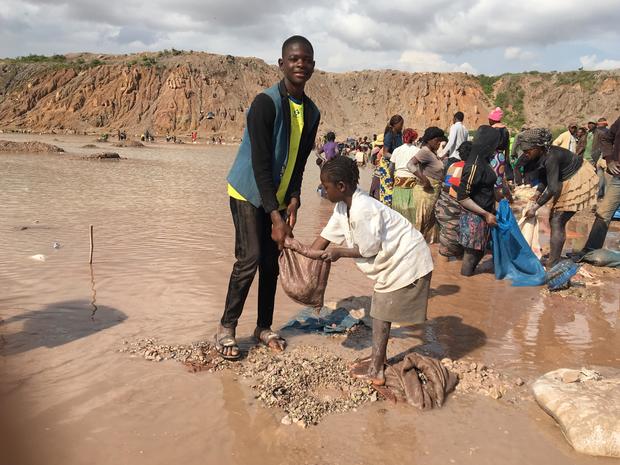

- #Cobalt ore mining child labor how to
- #Cobalt ore mining child labor verification
- #Cobalt ore mining child labor code
As a result of this partnership, mining companies in the DRC, including Chinese-owned firms, are given the opportunity to participate in activities to learn how to monitor and remediate child labor in their supply chains. COTECCO has established a formal partnership between the Congolese Mining Chamber of Commerce and the Federation of Enterprises of the Congo, which jointly represent both formal large-scale mining companies and artisanal miners in the cobalt supply chain, to promote best practices around remediation efforts in mining and enhance dialogue between the companies. Focusing on artisanal and small-scale mining, the project raises awareness on child labor in the supply chain, builds the monitoring and enforcement capacity of the DRC government, and improves private-sector monitoring and remediation of child labor violations.

The Department of Labor-funded, $5.5 million COTECCO project, implemented by the ILO, works to address child labor in the Democratic Republic of the Congo’s cobalt supply chain. Department of Labor's Work to Eliminate Child Labor in Lithium-Ion Battery Supply Chain Publish information on the operations and outcomes of due diligence systems, including the performance of second- and third-tier producers and buyers.
#Cobalt ore mining child labor verification
Conduct independent auditing and thorough verification of all due diligence systems and strengthen coordination and enforcement mechanisms of multistakeholder and certification bodies when applicable.Monitor and remediate violations of labor standards, including taking steps to address and prevent future violations.
#Cobalt ore mining child labor code
Train suppliers and partners on the code of conduct and labor standards and ensure that grievance mechanisms are in place and accessible for workers in the cobalt mining industry.Adopt and implement a code of conduct that incorporates respect for international human rights, including fundamental principles and rights at work, such as freedom of association and collective bargaining, occupational health and safety, non-discrimination, and the elimination of child labor and forced labor.Identify and engage with stakeholders to map the supply chains of products that may involve cobalt and conduct risk and impact assessments.February 16, 2018.Įstablish effective due diligence and social compliance systems to reduce labor risks in the cobalt supply chain. Lubumbashi, Democratic Republic of the Congo. Photo Credit: © Samir Tounsi/AFP/Getty ImagesĪ conveyor belt carries chunks of raw cobalt after a first transformation at a plant in Lubumbashi before being exported, mainly to China, to be refined. Over 90% of the DRC’s cobalt was transported to China ( $2.17 Billion in 2020), with most intended for “fine” refining and integration into battery chemicals, as shown in the graphic below.


In 2020, the Democratic Republic of the Congo exported $2.36 Billion in cobalt. When this happens, cobalt produced with child labor becomes impossible to distinguish from cobalt mined without child labor, tainting DRC's cobalt exports with child labor. In the process of refining cobalt prior to export, cobalt from multiple sources is mixed together. Chinese firms own, operate, or finance most of the DRC's cobalt mines. However, due to lack of enforcement of labor laws, widespread poverty, and a growing global demand for cobalt, children continue to work in dangerous conditions mining this critical mineral.Ĭlick here and here to learn more about Ziki's story.Ĭhildren work at the very earliest stages of the rechargeable battery supply chain-a supply chain dominated by China, which imports nearly 90% of its cobalt from the DRC. The DRC's laws prohibit children under the age of 18 from working in mining. They can fall into open mine shafts or they can be trapped or crushed by tunnel collapses. Often working in tight spaces underground without proper safety equipment or procedures, child laborers face serious risks of injury or death. In the DRC, over 40,000 children, some as young as 6 years old, work in cobalt mines. But many of his peers still work in the mines. In early 2018, Ziki was able to leave the cobalt mine and enroll in school for the first time. Each evening, with hands weary from washing cobalt and a heart longing for education, he returned home with a mere dollar or two in his pocket to provide for his family and tend to his sick grandmother. He worked in blistering heat under dangerous and exploitative labor conditions washing cobalt. As an 11-year-old, he had never seen the inside of a classroom, nor could he read or write. Ziki Swazey was a child laborer in one of the DRC's artisanal small-scale cobalt mines.


 0 kommentar(er)
0 kommentar(er)
